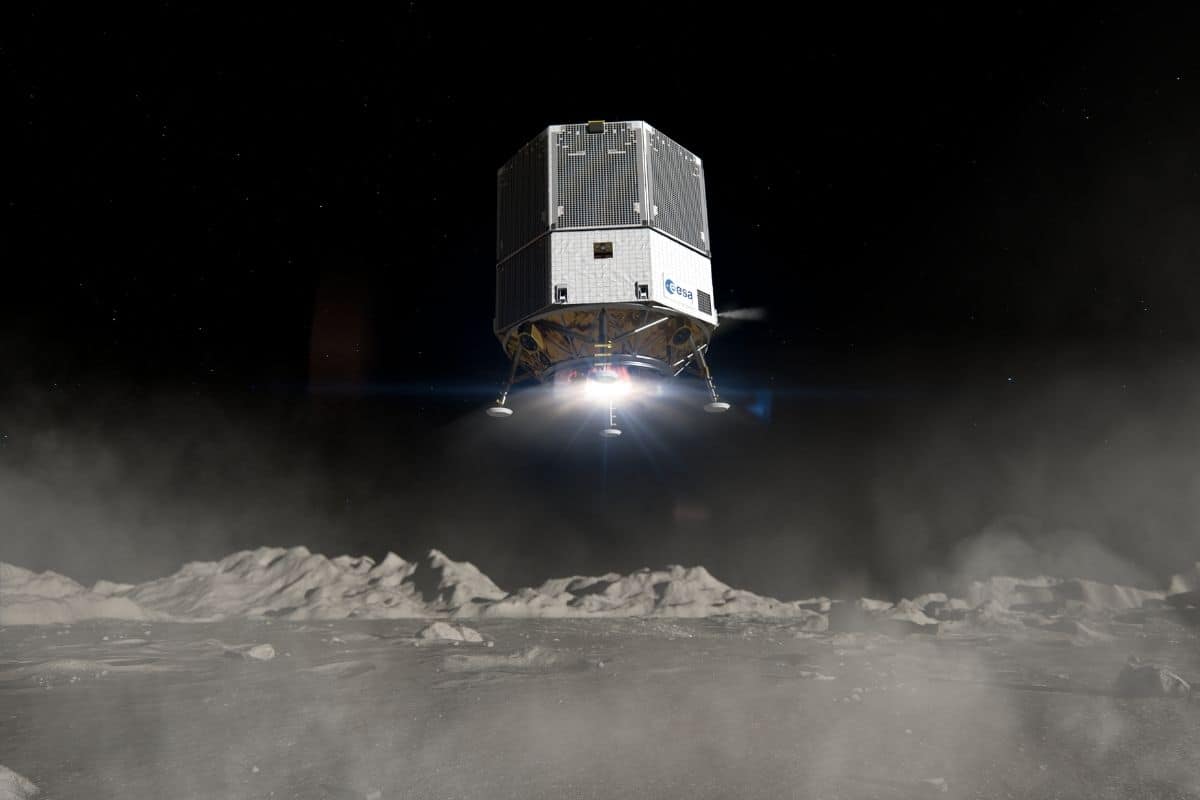
After an exciting competition, the European Space Agency has selected the industrial team that will extract oxygen from lunar regolite using an ingenious device.
Major global space agencies have been toying with the ambitious idea of colonizing the moon for some time now. The plan is to build a real moon base over the next few decades. But if we want to live on the moon, we need a number of essential things, including oxygen. And now, after a tense competition, ESA has commissioned the winning team to produce that key element on the moon itself.
regolith
It is very important that oxygen can be produced on the moon itself. After all, it is not feasible in the long term to rely solely on raw materials that are brought from the earth. And so scientists have been looking for solutions for some time now. Lunar regolith – a layer of loose, often weathered material that makes up the top three to ten meters of soil on the moon – seems to offer a solution. Samples brought to Earth from the moon’s surface have shown that regolith consists of as much as 40 to 45 percent oxygen.
Extract oxygen
There is, however, a problem. The oxygen in regolite is chemically bound in the form of minerals and glass. And that means that the oxygen is not immediately ready for use. It must first be ingeniously extracted from regolith. But how?
Contest
To find out, the European Space Agency has launched a competition. Three rival designs were extensively evaluated. “This challenging approach allowed us to assess competing concepts side by side,” said David Binns on behalf of ESA.
winning team
The winning consortium has become Thales Alenia Space. And this chosen team has now been given the prestigious task of building a small, ingenious device that can make oxygen on the moon. “We look forward to working with the winning consortium and making their design a practical reality,” said Binns.
Thales Alenia Space has a big challenge ahead of it. For example, their ‘oxygen factory’ must be small and compact, so that it can easily be taken on future lunar landers. In addition, it must extract 50 to 100 grams of oxygen from lunar regolith. This means that at least 70 percent of the available oxygen must be extracted from the moon dust. And that has to be done quickly, namely within a period of just ten days. The device must also run on available solar energy and do the trick before the pitch-black, frigid lunar night — a two-week period when the Earth-facing portion of the moon is unlit by the sun.
The device that Thales Alenia Space promises to build is an important first step that brings plans to actually inhabit our natural satellite again. “It will be a game-changer for lunar exploration,” Binns said. “Explorers can return to the moon without having to rely on long and expensive terrestrial supply lines.”
Thales Alenia Space will initially develop a fairly small device. But the goal is to eventually build much larger versions that will provide propellant for spacecraft and breathing air for astronauts. “First the technology has to be proven,” says Giorgio Magistrati of ESA. “But after that, an entire factory will be built on the moon at the beginning of the next decade.”
Source material:
†Team chosen to make first oxygen on the Moon” – ESA
Image at the top of this article: ESA/ATG-Medialab